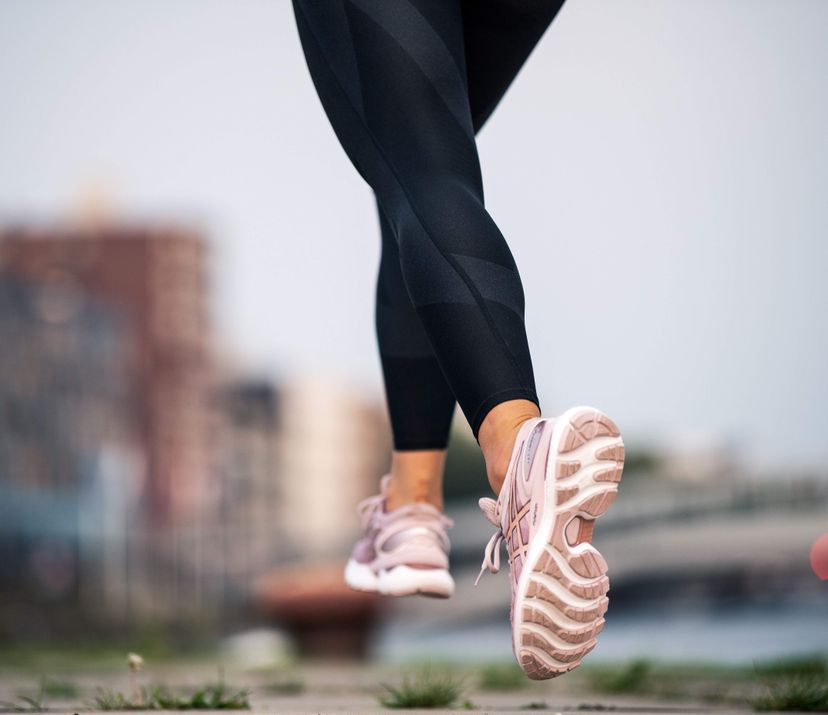"Foot pronation is a normal part of anatomical movement, but the word 'pronation' has gotten a bad rap," says Dr Dr. Rachel Tavel is a Doctor of Physical Therapy, Certified Strength and Conditioning Specialist. "Runners are often told that they 'overpronate' or that their pain is due to their pronation," she adds. So, what the heck is pronation anyway?
What is pronation?
According to Tavel, pronation is when the arch of the foot flattens out and the foot rotates inward, which happens (and is normal, to some extent) while accepting weight during the gait cycle. "The amount a person pronates while walking or running can vary," she says.
"Yes, an excessive amount of pronation can have biomechanical consequences in other parts of the body (such as causing the knees rotating inward) leading to repetitive use pain syndromes or injuries such as IT band syndrome, runner’s knee, shin splints and plantar fasciitis."
However, some pronation is necessary and important.
"The ankle and foot are designed to work together to provide an adaptable connection between your body and the world. The movements at the foot and ankle allow your feet to adjust to uneven terrain and unstable surfaces while keeping your body upright and balanced. When people have stiff or rigid feet and ankles, they lack some of this mobility. When they have weakness in the surrounding musculature, they can lack the stability that prevents some of these movements," Tavel says.
So, ultimately then, you want both mobility and stability in the foot and ankle. This is where it gets a little complicated.
According to Tavel, multiple movements occur at the foot and ankle. At the ankle, you have inversion, eversion, dorsiflexion and plantarflexion. At the foot, you have pronation and supination. As a runner, ankle stability is very important for healthy movement, especially since you are repeatedly leaping and landing on one leg at a time. Footwear can have a large impact on dynamic ankle and foot stability, so picking the right pair of running shoes (for you) is critical.

How to determine your pronation type
Now this is where it gets interesting: To assess how much you pronate, try standing on one foot in front of a mirror. Pay attention to how much your ankle wobbles and your foot rolls in and out. The more it rolls in and the closer your medial (inner) arch comes to the floor, the more you pronate.
"If you have trouble maintaining that arch, you probably pronate quite a bit while running and you may have some weakness in the muscles of your feet. If this is the case, picking a shoe with some medial arch support and a wider heel outflare is a good place to start. It can help promote stability in your foot and ankle. Look for shoes designed for overpronators," says Tavel.
If, on the other hand, you’ve got a high arch and that ankle and foot complex seems pretty stable while balancing on one foot, you may be less prone to pronation and a more neutral shoe should do.
An educated running store employee should be able to help guide you to the right shoe for you. But despite all the visuals when you are standing still, it takes a couple practice runs to really determine which shoe is the right fit.



